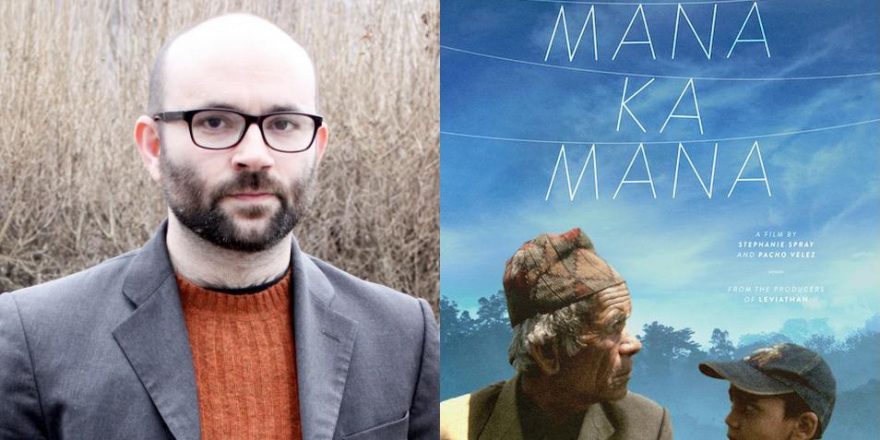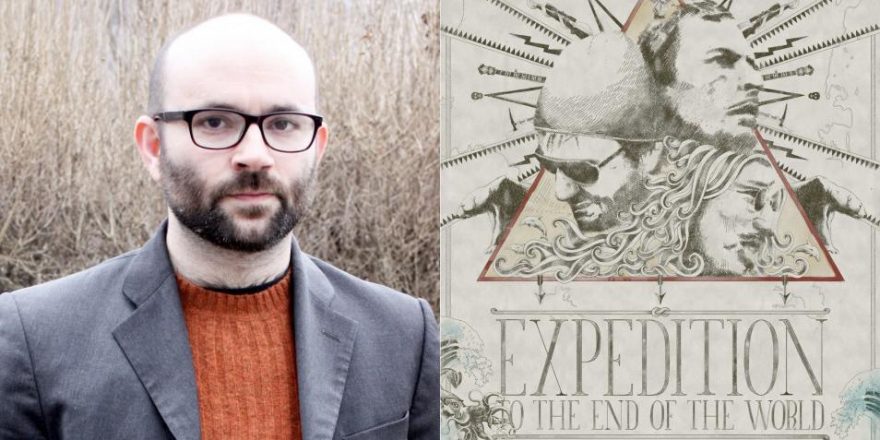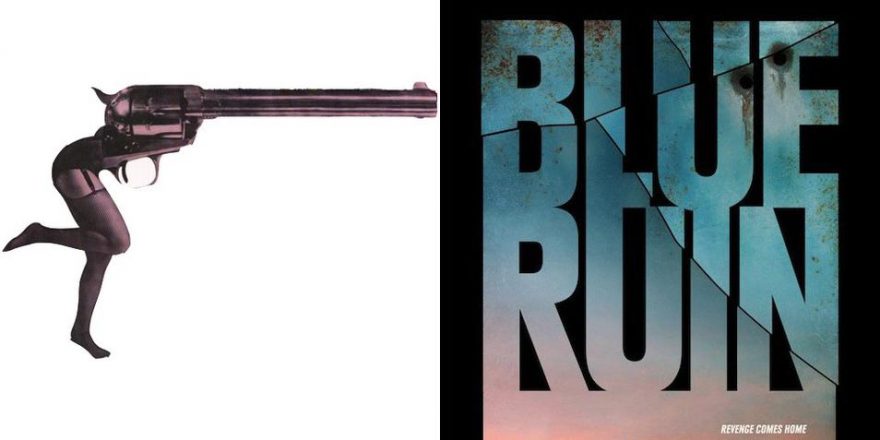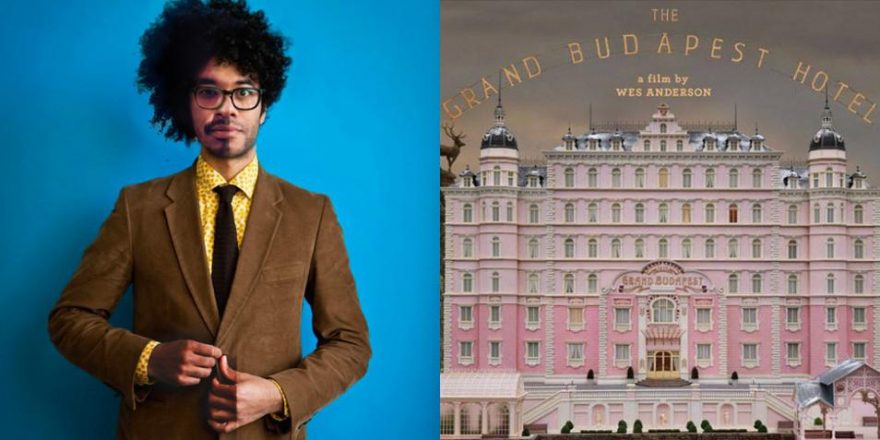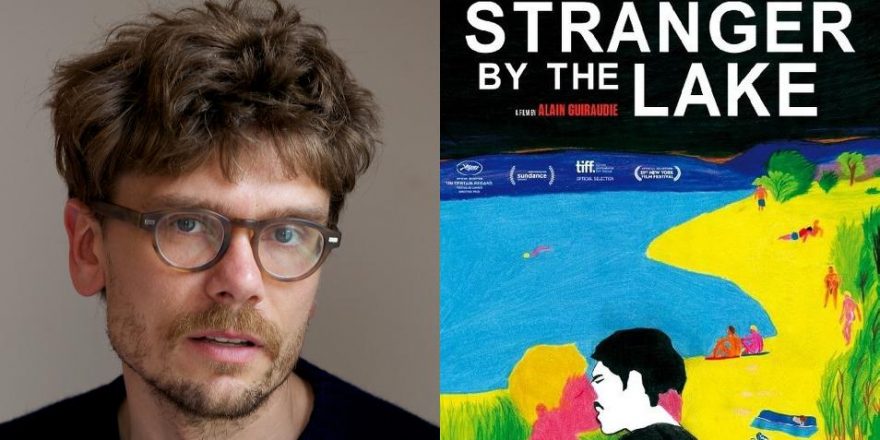Over the first two weeks of January, Talkhouse Film is running the “What We Missed” series, comprising pieces on notable movies from 2014 which were not previously covered, (almost) all of which were released prior to the launch of this site. — N.D.
Some films feel like immaculate conceptions, as if, to paraphrase a joke Harmony Korine once told on Letterman, they fell from the sky fully formed. Composed merely of 11 perfect shots, Manakamana is one of those movies. Yet this is no conjured, magically materialized thing; Stephanie Spray and Pacho Velez’s co-direction, editing and cinematography are delicately thrilling, subtly sophisticated and emotionally involving — all within strict minimalistic parameters. These two relatively inexperienced, Harvard Sensory Ethnography Lab-trained filmmakers travelled to Nepal with a 16 mm film camera and a simple idea and returned with what can be described as pure blasts of “livingness,” serialized and organized into a mesmeric cinematic achievement.
The film evokes structuralist masterpieces from Hollis Frampton’s serialized (nostalgia) (1971) to Chantal Akerman’s ethno-minimalist D’Est (1993), but finds its own particular salience by foregrounding the humanity (or, perhaps better put, the life) of its subjects within the form that Velez and Spray chose to work in. This is no distanced, art-for-its-own-sake study of time passing, but a profoundly empathetic exploration of behavior and what it means to stare deeply at, and try to comprehend, another living thing.
Made up entirely of 11 uncut, 10-minute trips of a cable car going over a mountain, to and from a shrine to the Hindu goddess that gives the film its name, Manakamana is one of those movies, like Akerman’s News from Home (1977) or Michael Snow’s Wavelength (1967) or Abbas Kiarostami’s Shirin (2008), wherein the aesthetic limits imposed by the filmmakers allow the capturing of the images, the editing and the sound design to be more directly studied and appreciated. This is not “pure cinema” because of some advantage minimalism has over more traditionally crafted films. The viewer, though, is allowed to see, hear, feel and sense — the experiential illusions that cinema can muster — with a bracing immediacy that gives Manakamana a startling, perfect power.
Let’s look at the component parts. To sustain the film, Spray and Velez needed perfect images, and their first directorial triumph was choosing to shoot on 16 mm film, which might still be the greatest medium we’ve invented for mimicking the hazy, imperfect way our eyes see the world. The film grain helps give a warm, living movement to the perfect compositions, which might have seemed harsh and inhumane in high definition. All the shots are framed the same (save the goats-only trip, which has to accommodate their cage) and they are flawless solos, two-shots and three-shots, at around the focal length of sitting across from each traveller. With an almost hyper-clarity, the viewer sees (mostly) people — their clothes, their faces, the objects they carry — and one’s natural instinct to try to understand others is both rewarded and subtly challenged. There is a potent dialectic created between comfort and strangeness in the camera placement, leaving us at once soothed and actively entranced, like we’ve simultaneously been invited on each pilgrimage and are spying from the other side of a one-way glass.
While living things are occupying the foreground in mostly static (if bumpy) frames, the landscape rushes by in the background, creating another bracing dialect between stillness and movement. The riders can be calm or silent or conversational (or just trying to eat an ice cream cone before it drips all over them), but their relative placidity is always in contrast with the rush of earth behind, beside and below them, all at breathtaking angles. This is a film in which the austere narrative and minor violence of a cable car switching from climbing up one side of a mountain to going down the other creates suspense as elementally thrilling as any Hitchcock plot twist.
Much of the effect has to do with the sound design of Ernst Karel, the frequent collaborator of the Sensory Ethnography Lab image-makers. He poetically emphasizes the rhythmic passing of the metal carriage over the vast countryside and dramatically elevates the sensory experience. Importantly, the distinct rattle of film running through the camera isn’t mixed out of the soundtrack, helping to create a powerful, self-aware feeling of the present tense. In order for Manakamana to work its magic, each element must have layers of depth, and Karel’s soundscape is no different. The cable car, the natural landscape, the capturing of the image itself — all traces of visual record are matched and amplified aurally. This is cinema for those who find secret narratives in the sonic pleasures of a car passing over a segmented highway.
Meanwhile the editing is perfect — which, of course, is a somewhat humorous thing to say about a film with so few shots. The ordering of the rides, though, and the ordering of the characters we meet, show that Velez and Spray are acutely aware of the narrative expectations in the way viewers watch movies. Anticipation builds each time the cable car arrives in the station and a new ride is about to begin (who will I spend the next 10 minutes with? What will I get to know about them?), and it’s crucial that this changeover happens in the dark, intensifying the reveal. This use of suspense and payoff — however subtle — displays a smart sense of storytelling that elevates the proceedings.
Saying that Manakamana is a truly perfect film is not meant to be a backhanded compliment implying it doesn’t do enough with sound and image to be an immensely complex experience. This is no simple achievement, even though its concept is stunningly spare. There could be many versions of Manakamana that are boring, academic and sterile. One can even imagine that a version like this exists somewhere on Spray and Velez’s cutting-room floor. But this version of the film, the one perfectly sequenced, remarkably shot and edited into a fully resonant experience, is simply mind-blowing. With a film of so few elements, the margins of error are smaller, but Spray and Velez stuck their landing.


